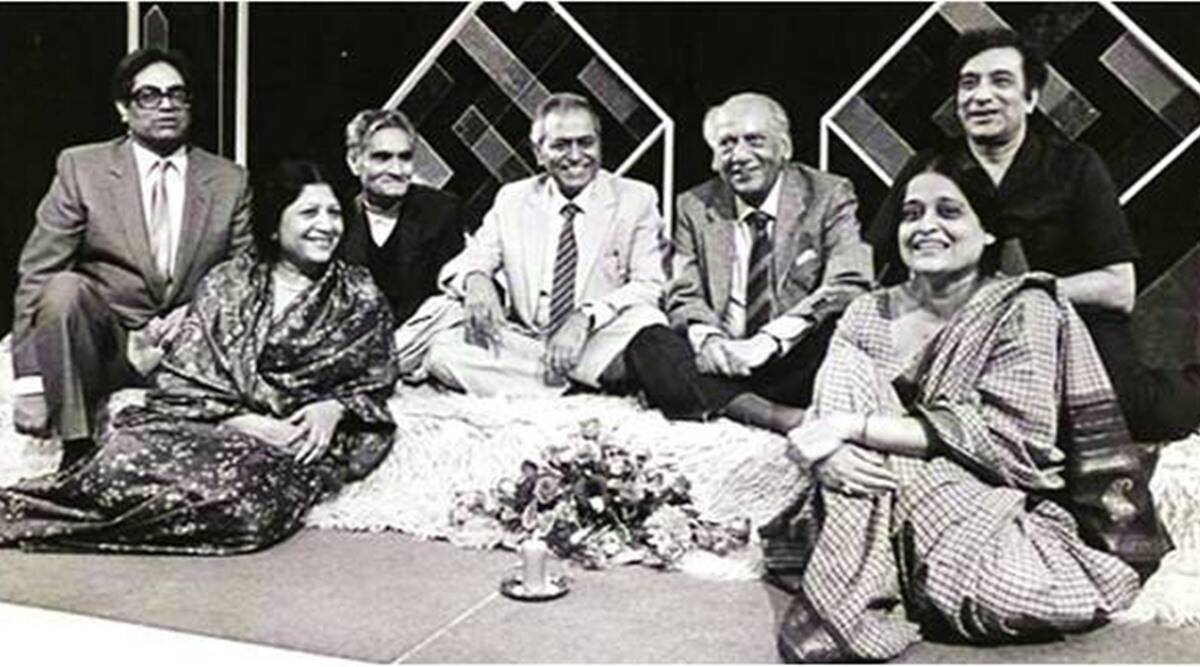SOURCE: THEINDIANEXPRESS
His passing at his son’s residence in Charlotte, US, at 91, is a moment that the admirers and scholars of Urdu - a language that Narang so loved, taught and critically analysed - will lament for decades to come.
In one of his conversations about his close friend and eminent Urdu scholar Gopi Chand Narang, writer-filmmaker Gulzar had once said: “Do pao pe behta dariya, ek pao pe thehri jheel/ Jheel ki naabhi par rakhi hai Urdu ki roshan taqdeer… Dr Gopi Chand Narang (A river flowing on two feet, a lake resting on one leg, and on the lake’s umbilicus lies the illuminated destiny of Urdu…)”.
Foremost Urdu scholar, linguist, literary critic, erudite litterateur, former Chairperson of Sahitya Akademi, and an authority on Urdu, Gopi Chand Narang’s passing at his son’s residence in Charlotte, US, at 91, is a moment that the admirers and scholars of Urdu – a language that Narang so loved, taught and critically analysed – will lament for decades to come.
One of its most nurturing keepers and propagators, Narang not only traced the origins of the language but told off many who tried to broadcast the idea that Urdu had come to the Subcontinent from the Arab or the Persian world. He called Hindi and Urdu as “two sides of the same coin, as their grammar is the same”. He highlighted that Urdu is neither from Farsi nor is it Semitic and that both Hindi and Urdu are based on khadi boli. “Zubaan ka mazhab nahi hota, zubaan ka sama hota hai, uske bolne wale hote hain. Urdu bolne walo ka mila jula samaj hai. (Language does not have a religion, language has a time and people who speak it. The Urdu speaking population is mixed).”
While one of his most prominent works Urdu Ghazal aur Hindustani Zehn-o Tahzeeb ( Urdu Ghazal and Indian Mind and Culture) traced the origins of Urdu ghazal, underlining how it was not just a piece of love poetry, but that the genre comprised intellectual and cultural viewpoints of both Hindus and Muslims, it was one of his earliest works — Urdu Readings in Literary Urdu Prose (1968) that got much attention all over the world. Even today, wherever Urdu is read and taught in the world, the book is likely to be in the curriculum.
TO READ MORE CLICK ON THE SOURCE

